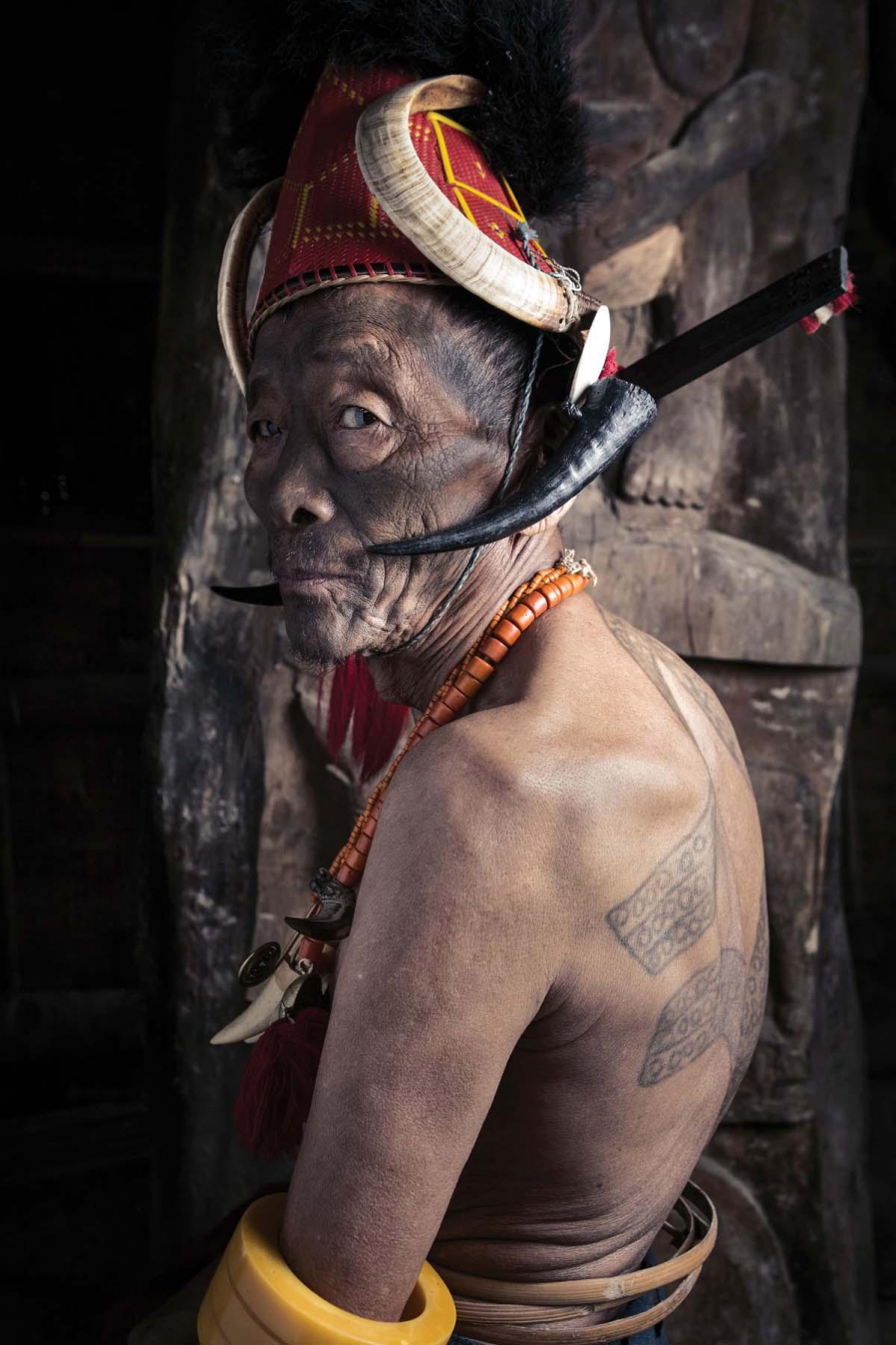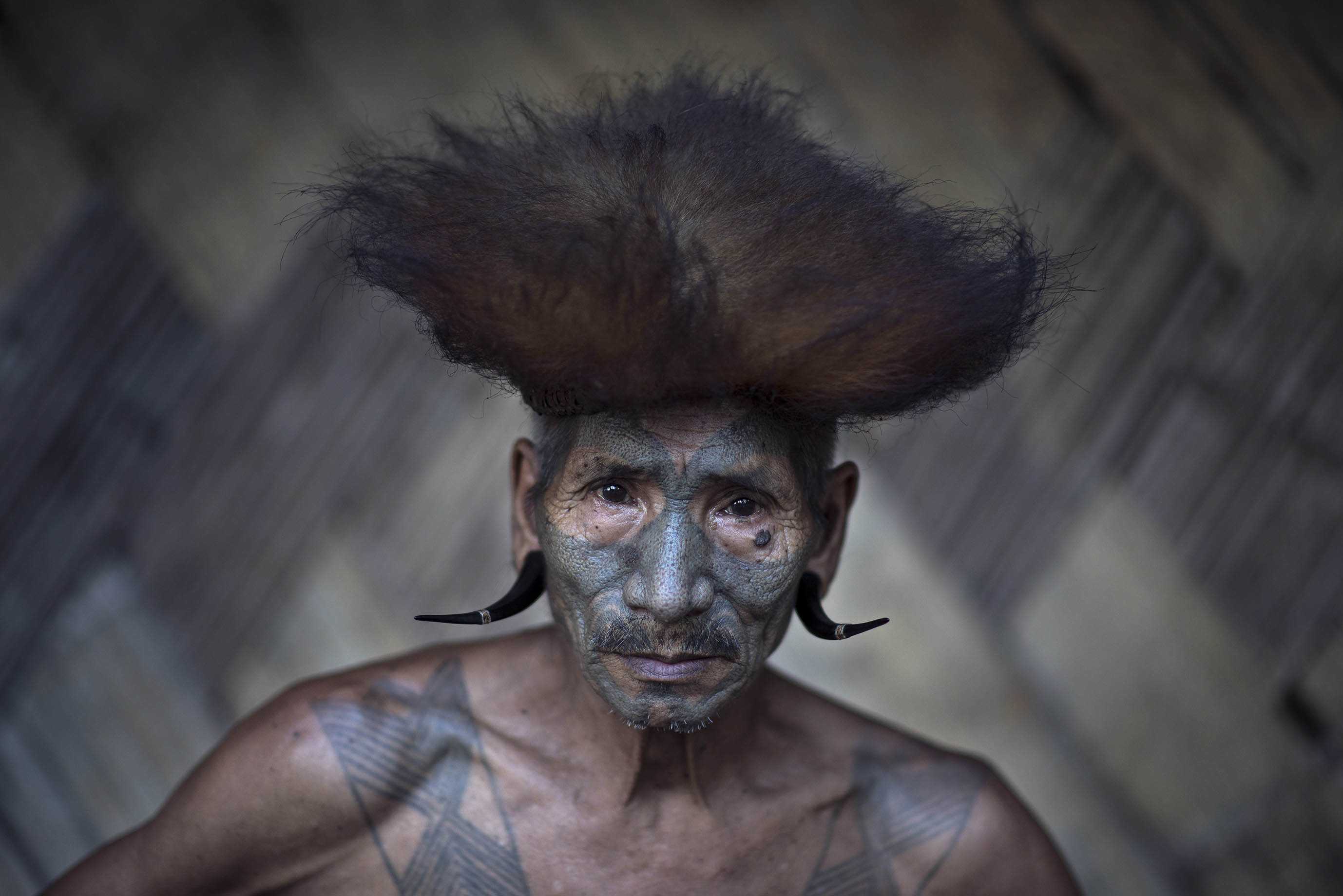Among the tribes living in the hills of Nagaland today, the Konyaks are particularly fearsome.
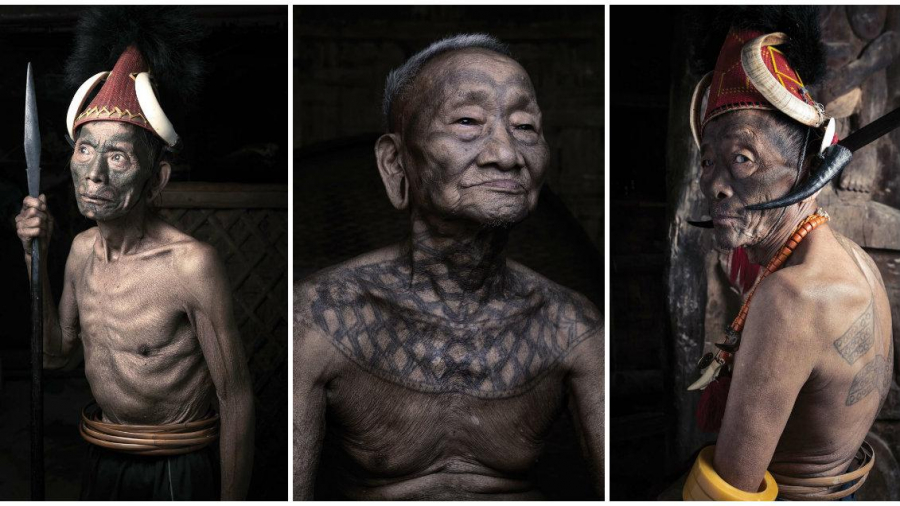
The Konyak people are divided into several subgroups, each distinguished by their own language and facial tattoos. The only commonality is that they all practice headhunting. Beheading members of rival tribes is considered a rite of passage for Konyak men. For this reason, it is no surprise that the Konyak tribe is one of the most isolated in the region.
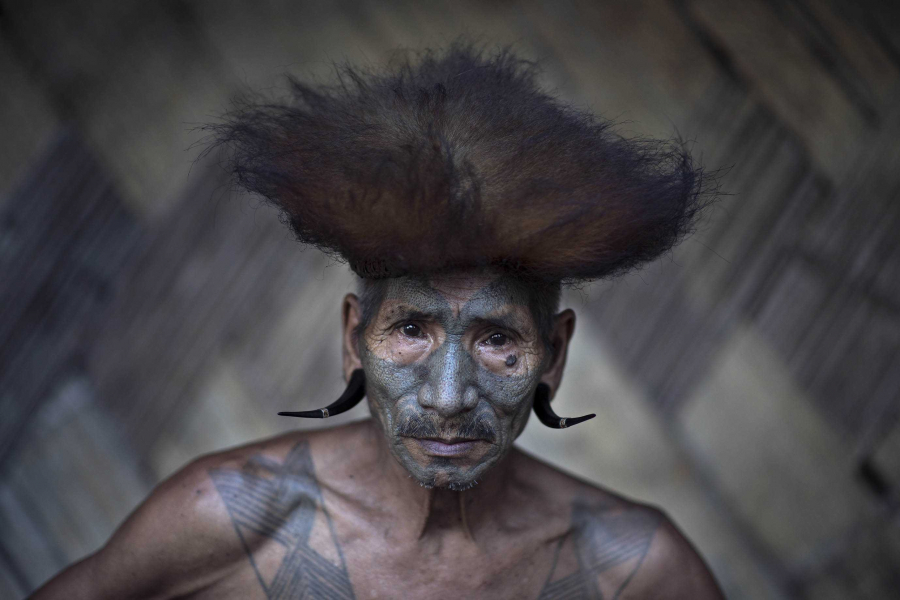
But things began to change when British India began exploiting tea leaves in the Assam region, indirectly bringing British missionaries into the region. In the 1870s, British missionaries began setting up schools in Assam, and in the following decades, thousands of people converted to Christianity.
At that time, the Konyaks became more isolated.

The Raj (the British-occupied part of India at the time) banned headhunting outright in 1935. By the 1960s, the younger generation of Konyaks had grown up and started to integrate into modern lifestyles, and as a result, the unique culture of facial tattooing gradually faded away.
Fearing the culture was disappearing forever, Phejin Konyak – the great-grandson of a Konyak tribe member, a headhunter – travelled from village to village in Nagaland district, talking to elders of the Konyak tribe and recording their stories, songs, poems and folktales over the course of three years.
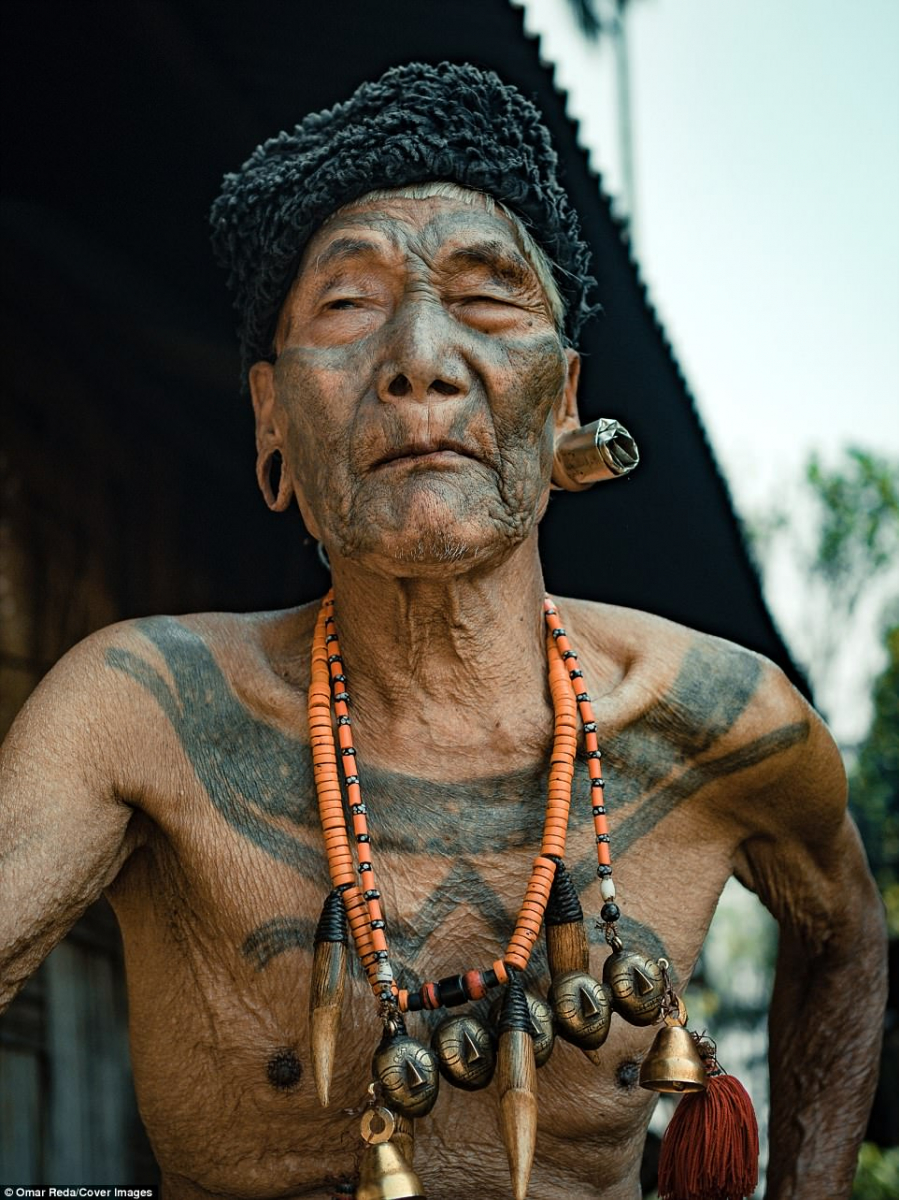
With the help of photographer Peter Bos, she also documented the unique facial and body tattoos of the Konyak people, each representing the tribe, clan, and social status of each member. In Konyak culture, life – headhunting – and tattoos are inextricably linked.
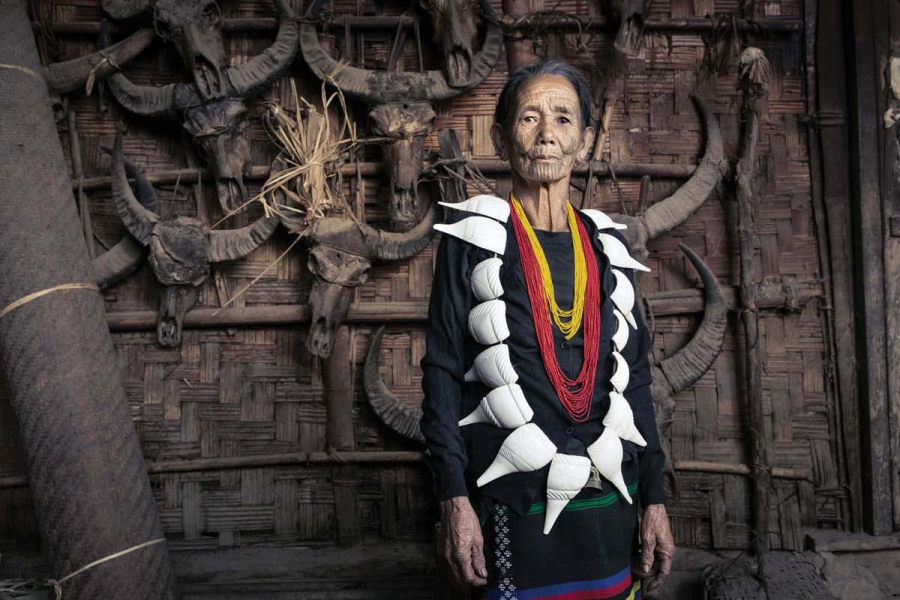
Leye Monyu, 68 years old
In Konyak belief, a person's skull is the repository of all of that entity's spirit force. This spirit force is strongly linked to prosperity, fertility, and is used for the benefit of the village, individual life, and crops.
But Phejin does not entirely blame foreign missionaries for the end of tribal culture. In an interview with historian William Dalrymple, she admitted her mixed feelings about the missionaries’ impact on the Konyak community, acknowledging that the school itself helped improve literacy rates in the region and opened up a new chapter, a new future, for the younger generation.

Phejin only wished that the missionaries had thought a little more deeply about their impact on the local culture. They taught that religion was the path to rebirth, and if one wanted to be reborn, old things had to be eliminated. In doing so, they eliminated the culture of Phejin's ancestors.
Take a look at this collection of photos of the last remaining headhunters of the Konyak tribe:
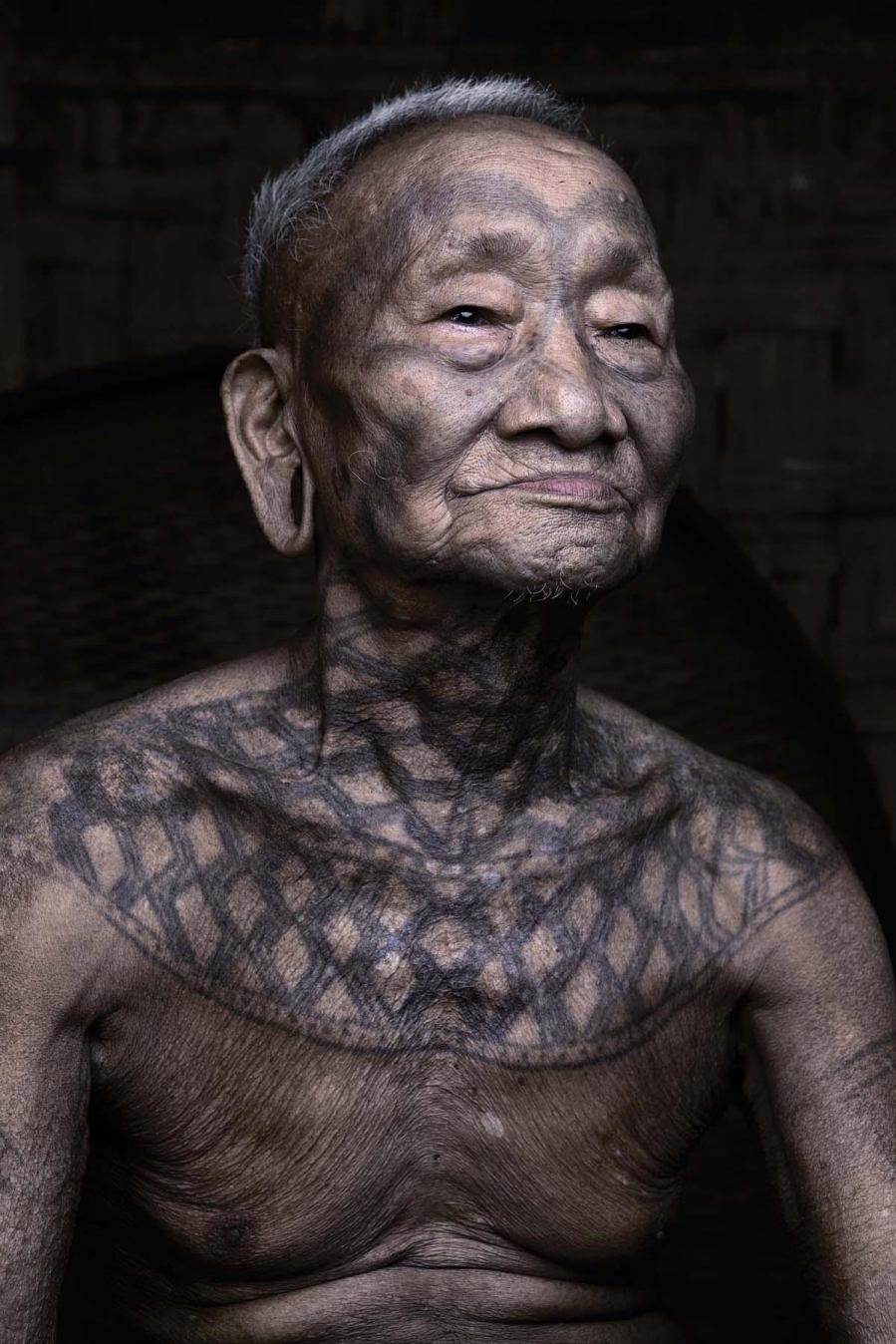
Ashen Wenkhu-Hamyen, 98 years old.
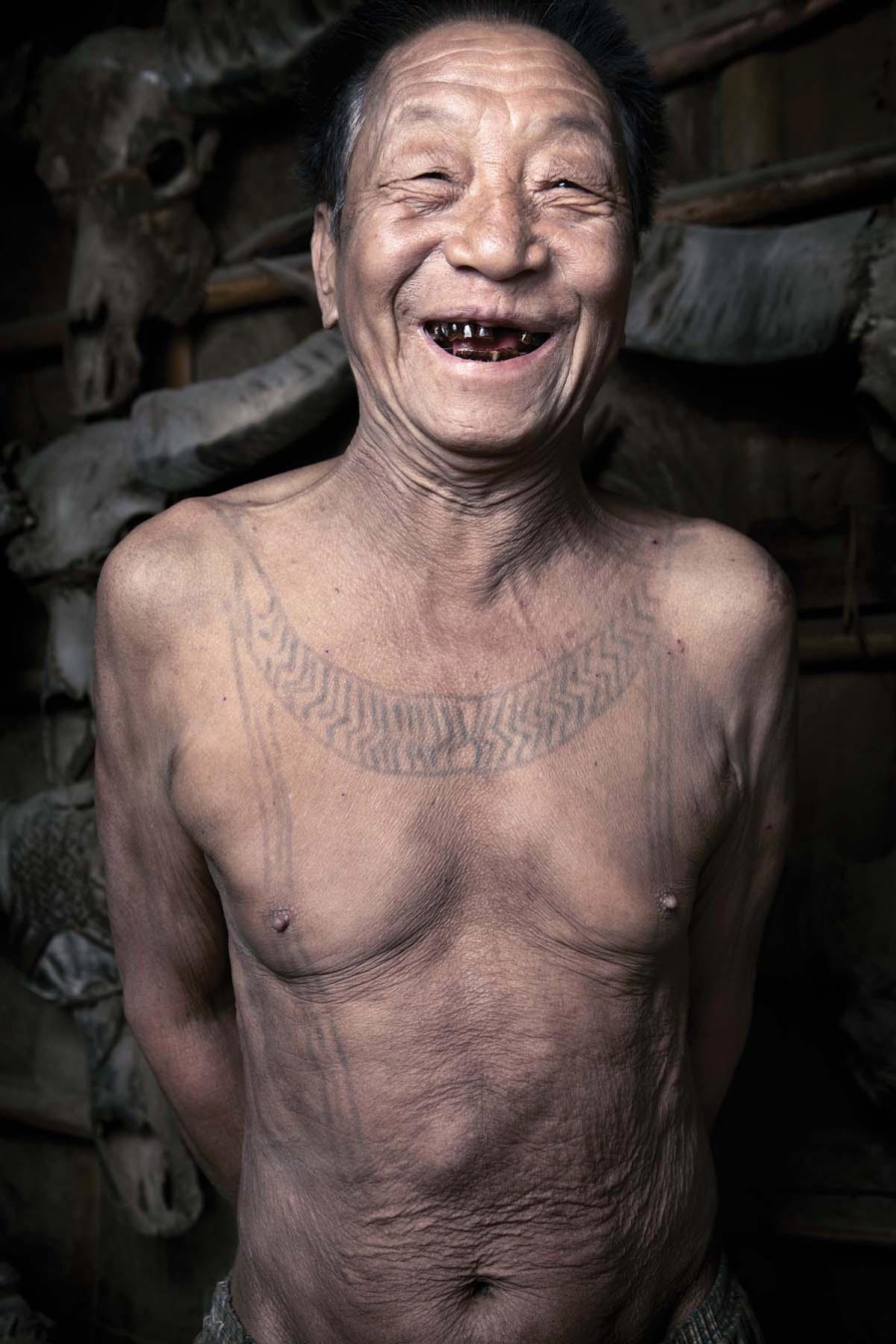
Hensungaubu, 80, smiles with his teeth traditionally dyed black.
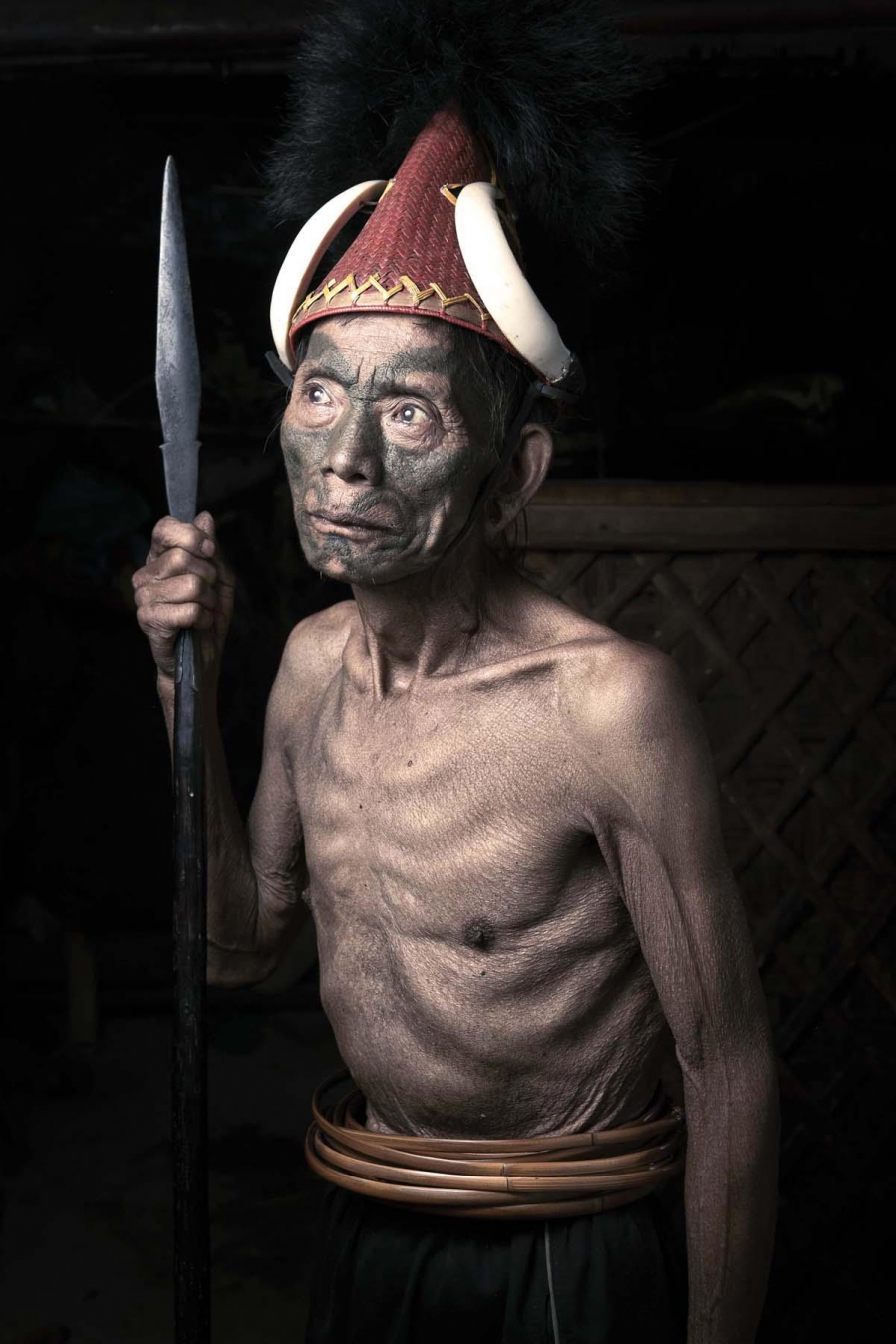
Manchak Wankongpa, 80 years old, wears a hat decorated with two tusks of a wild boar.
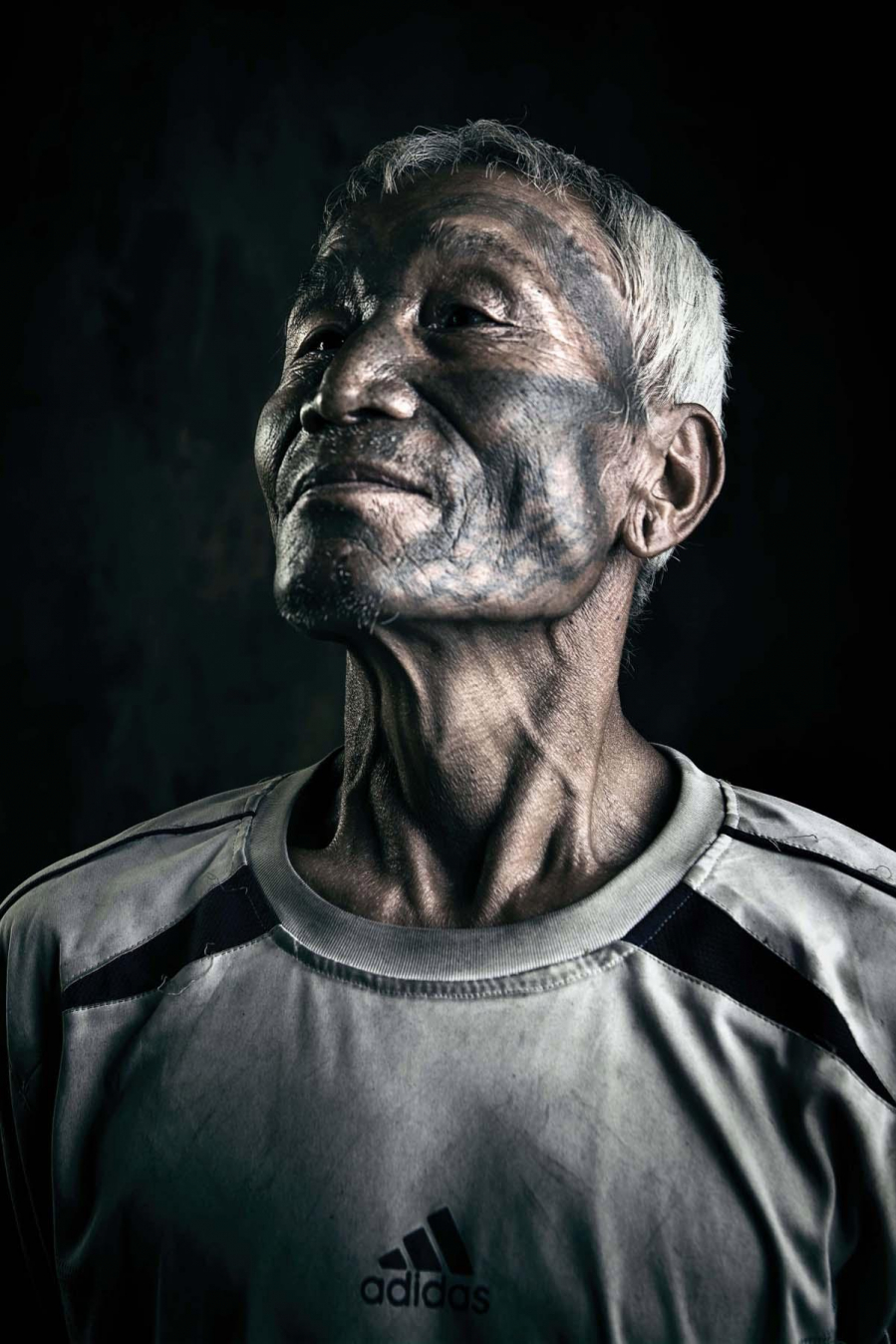
Hangsha Salim, 78 years old
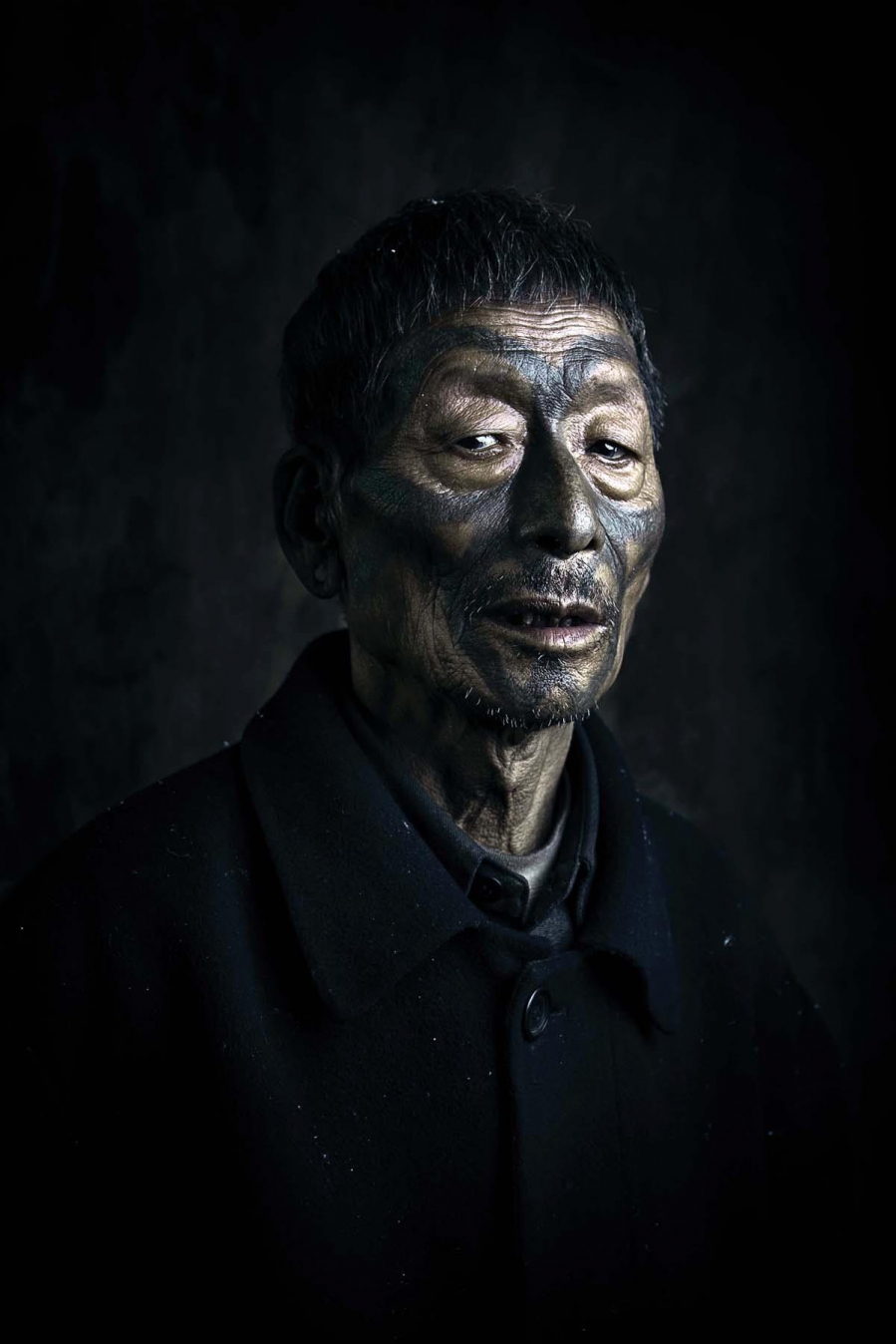
Binlei Wangnaolim, 85 years old
